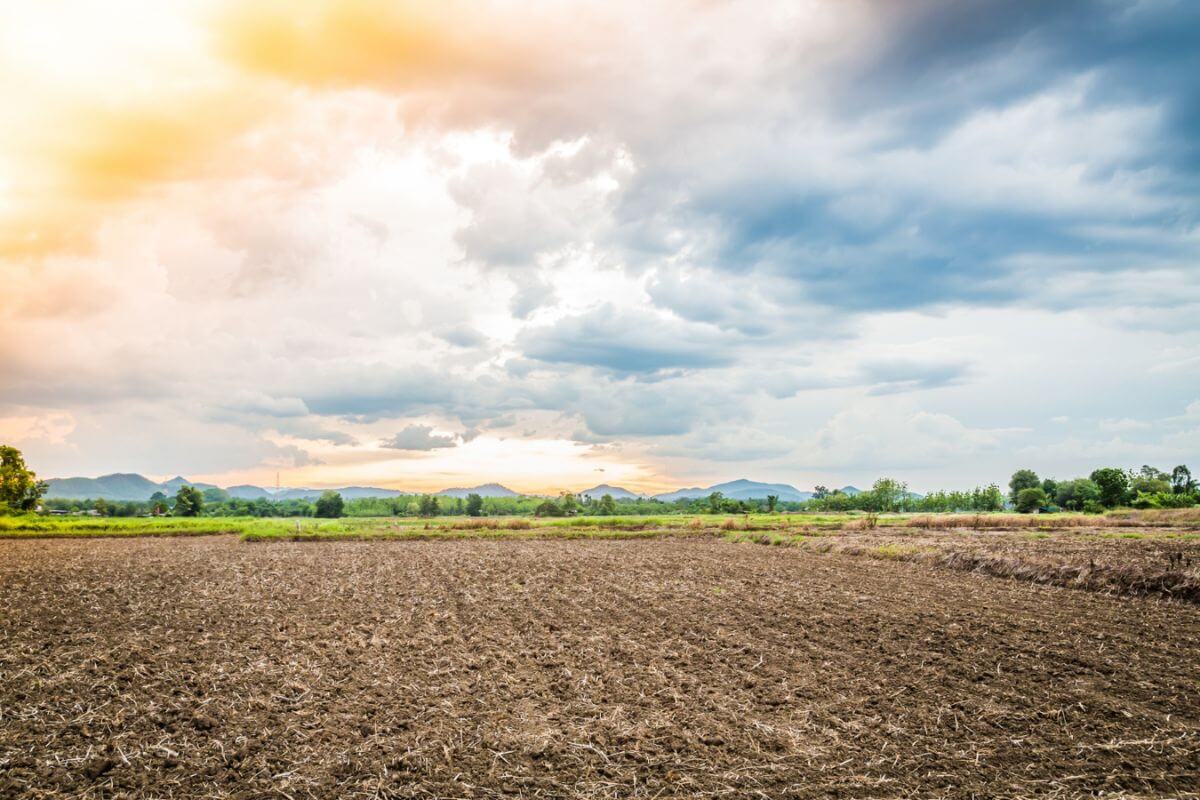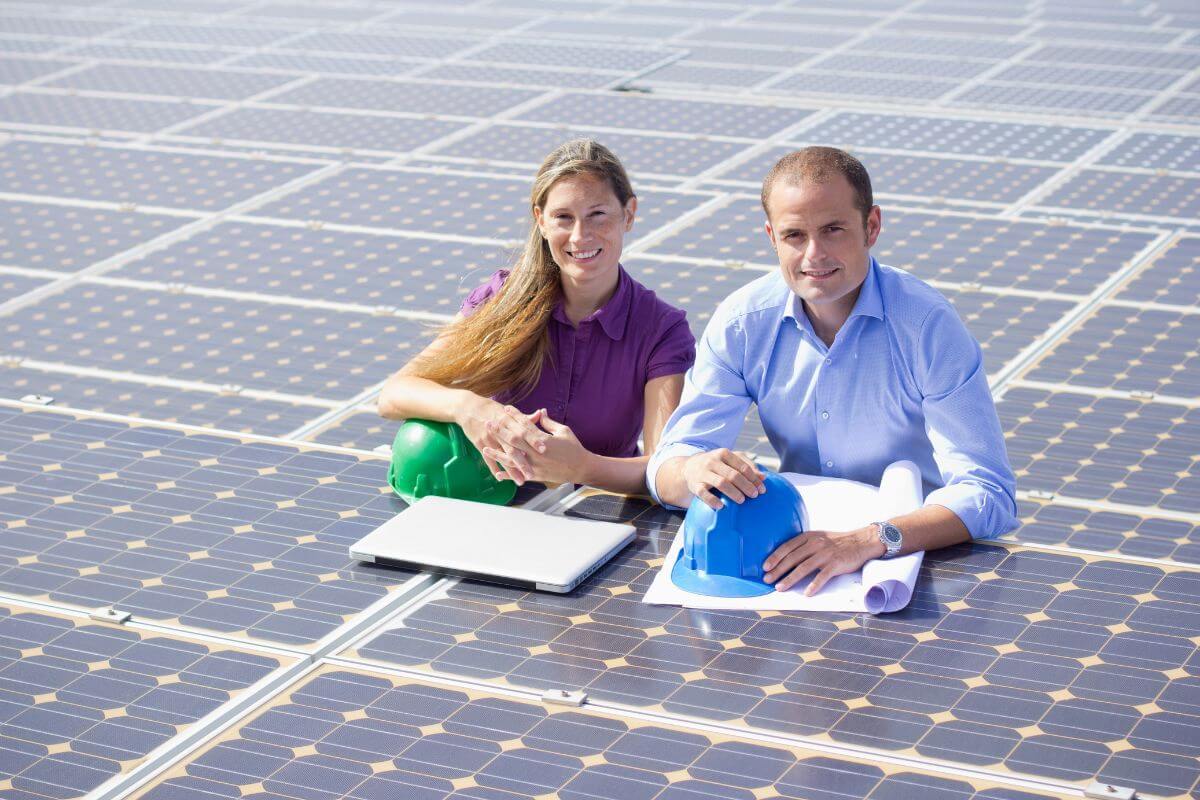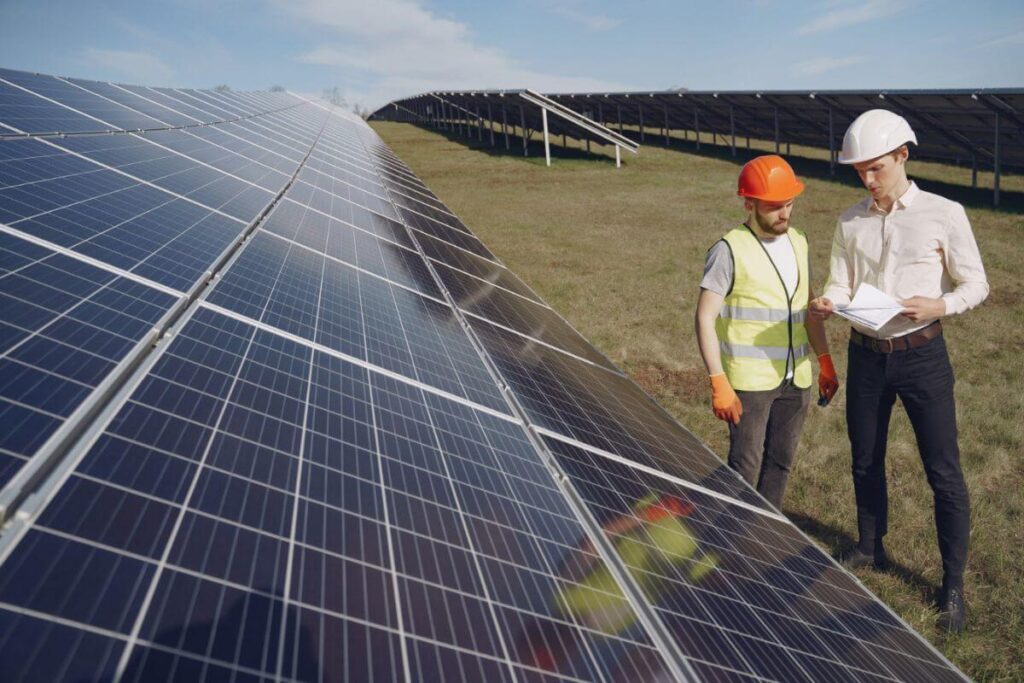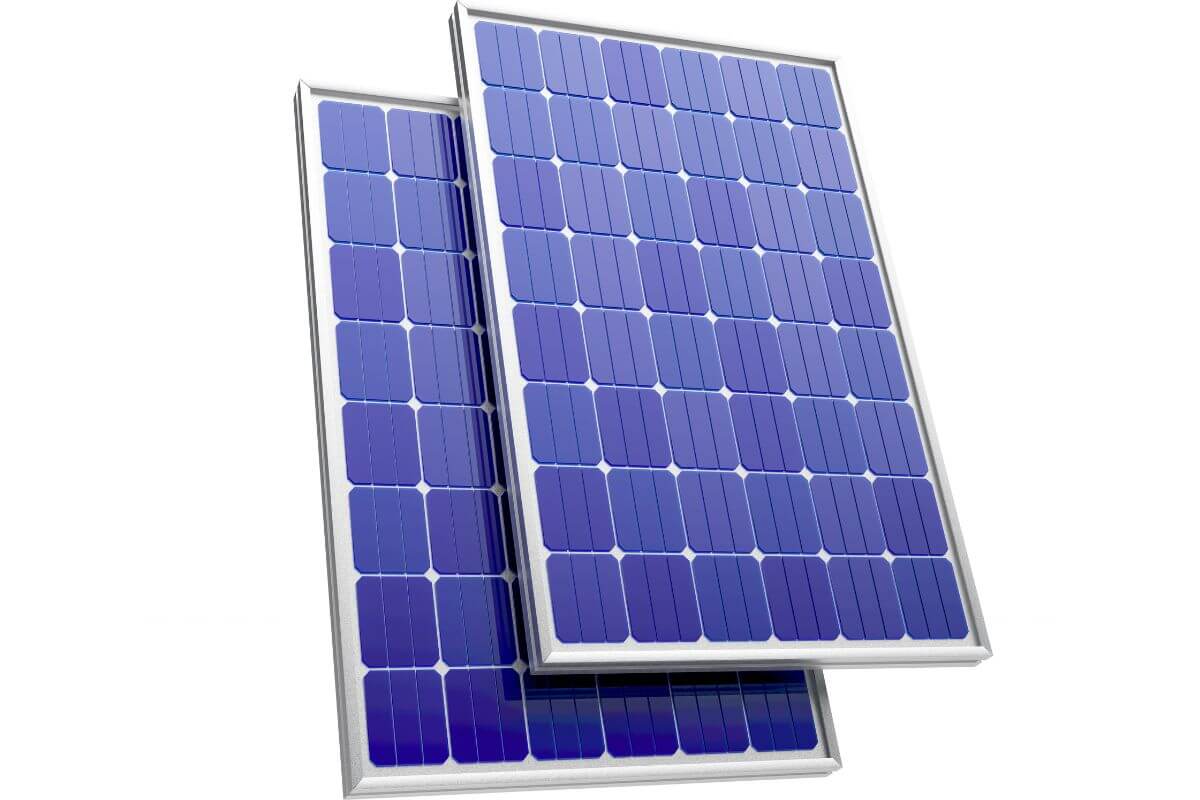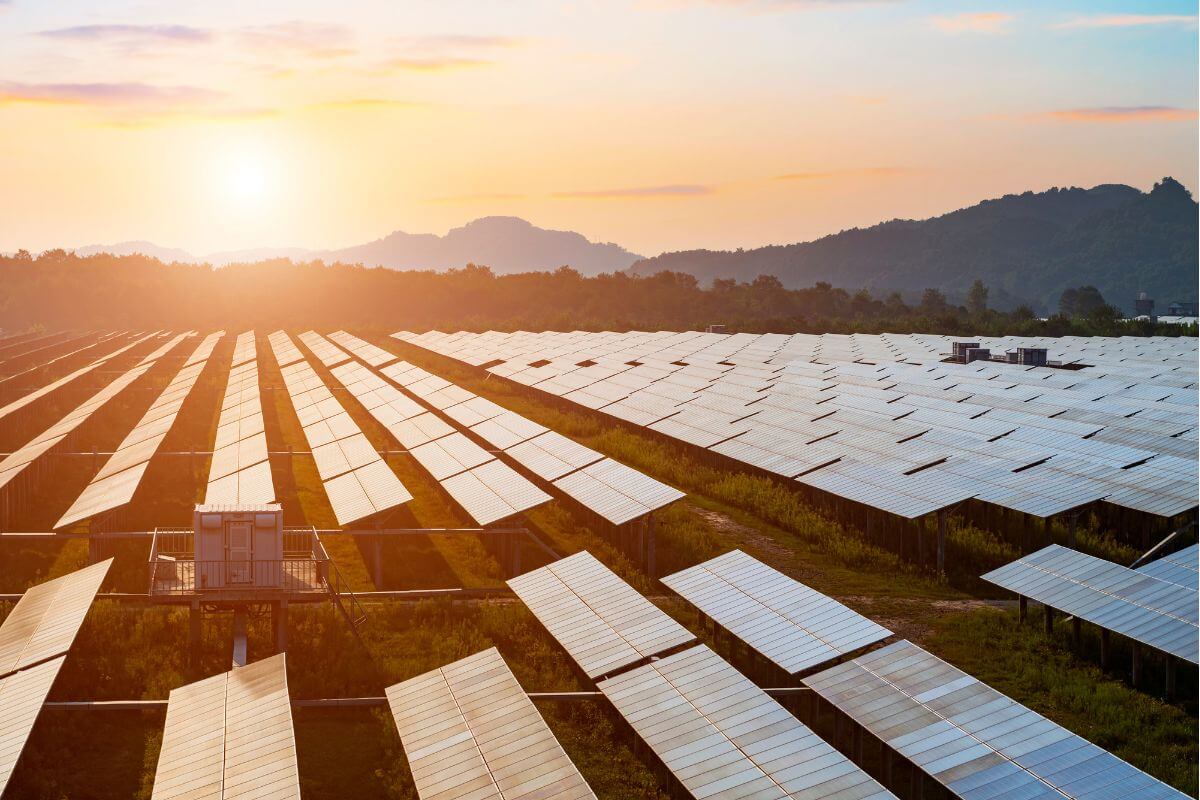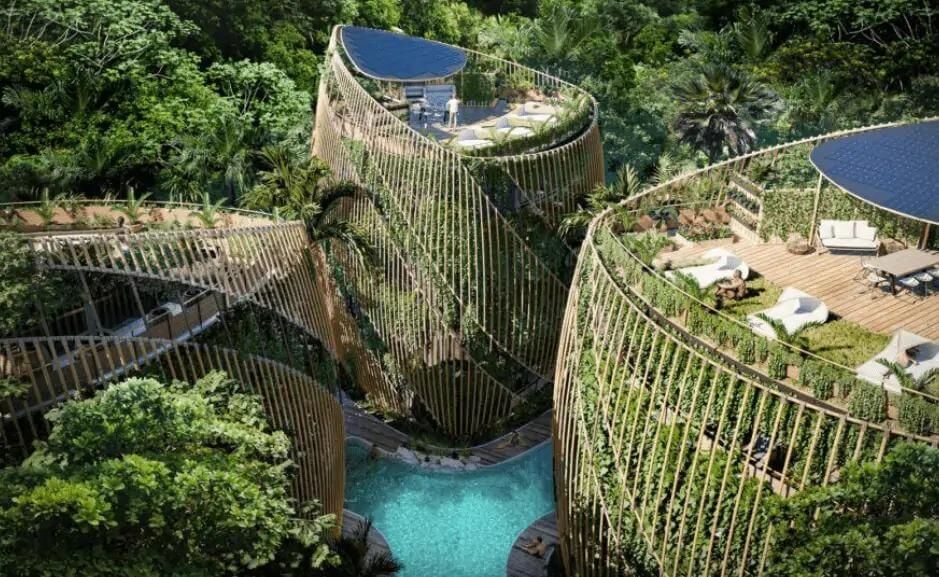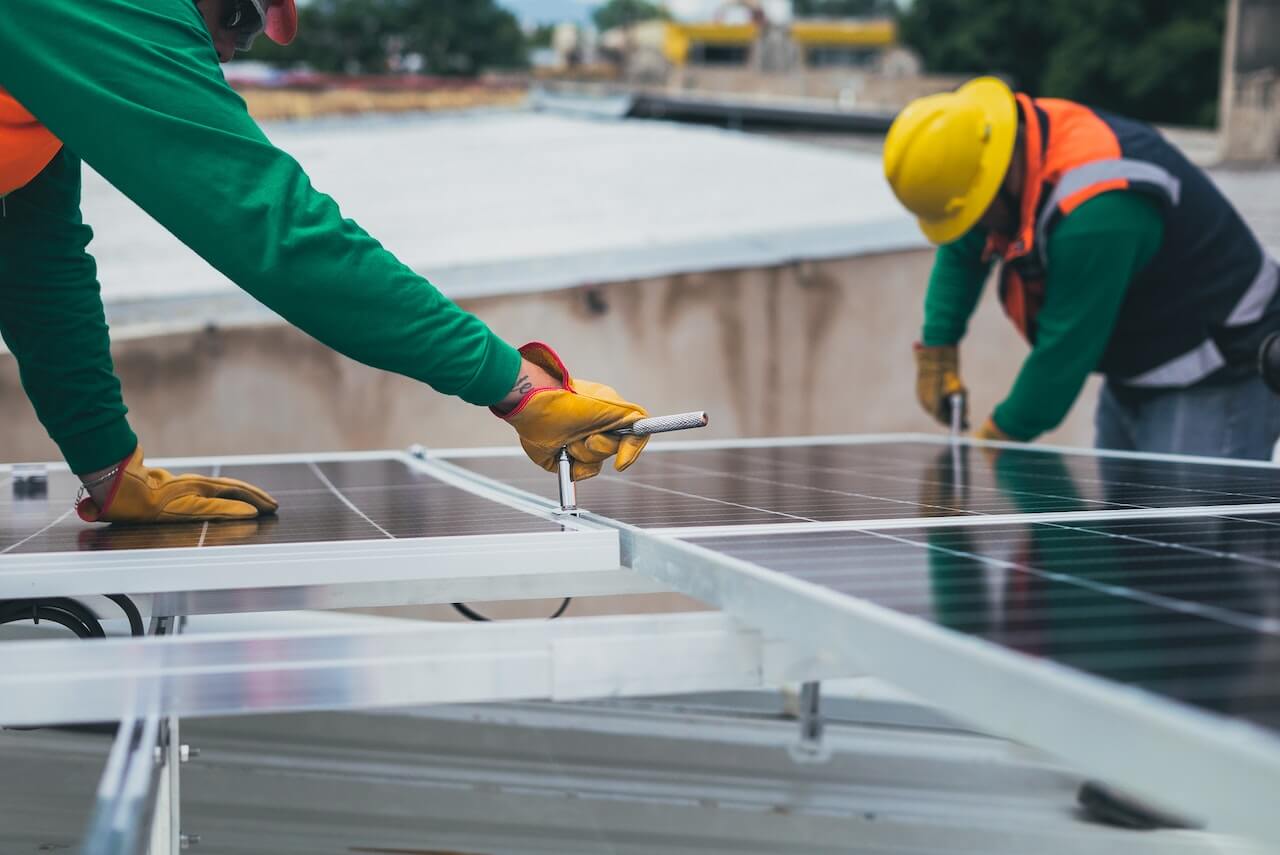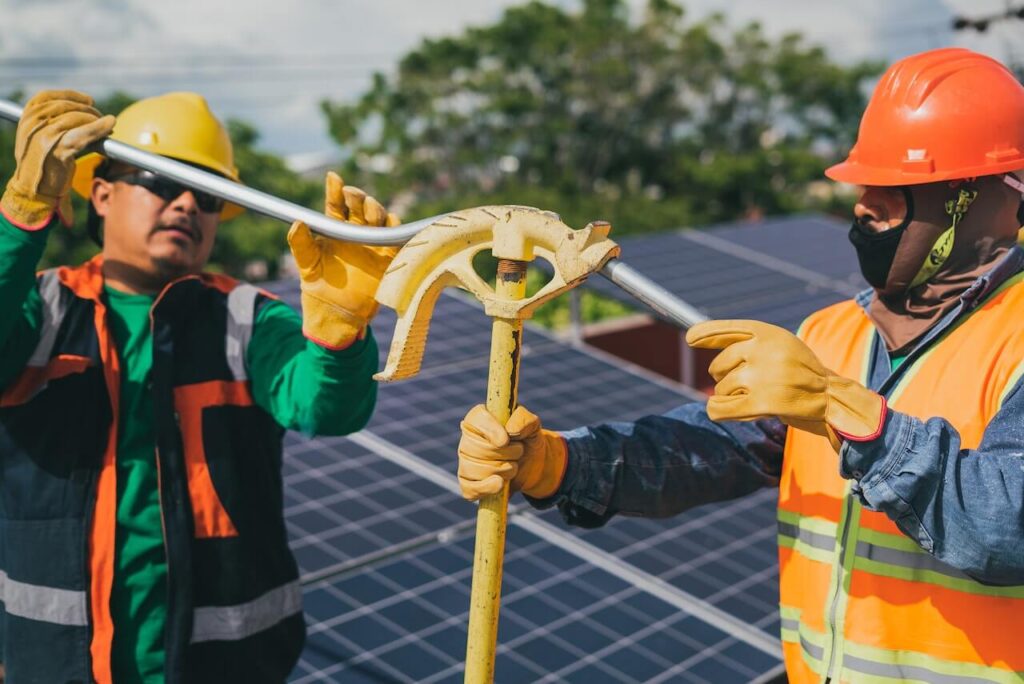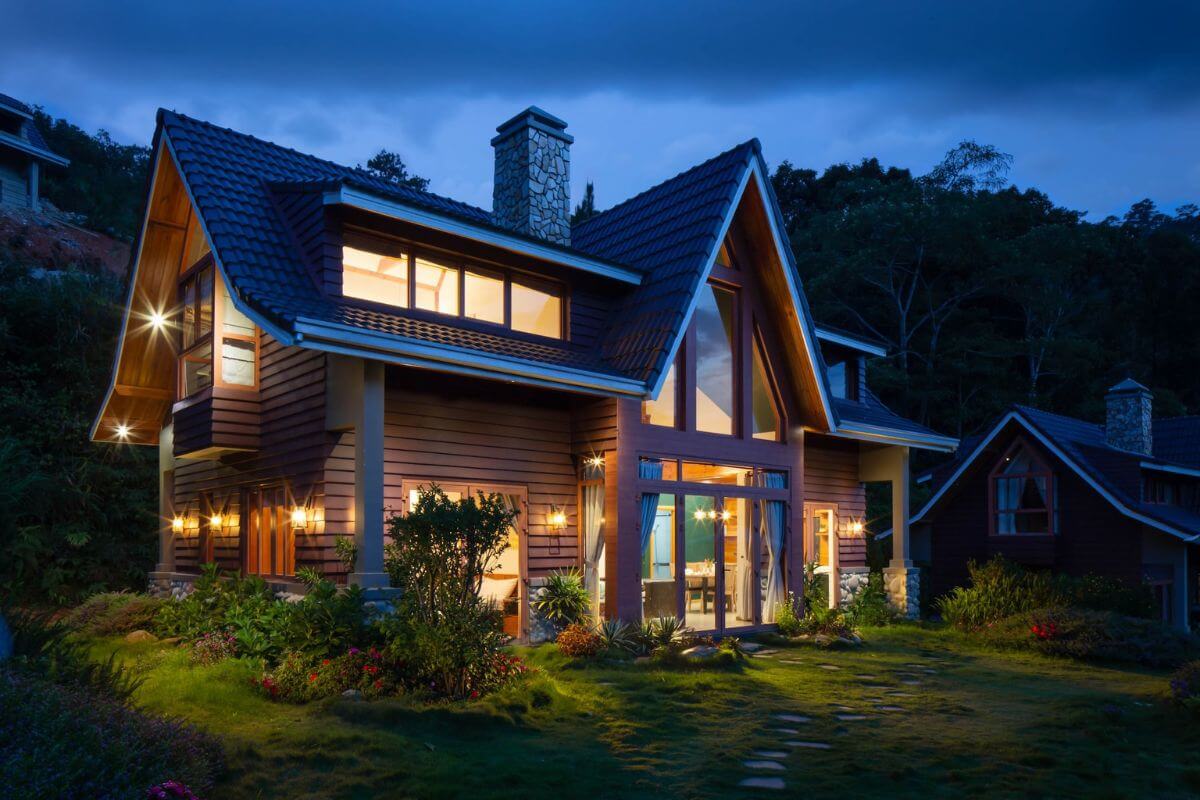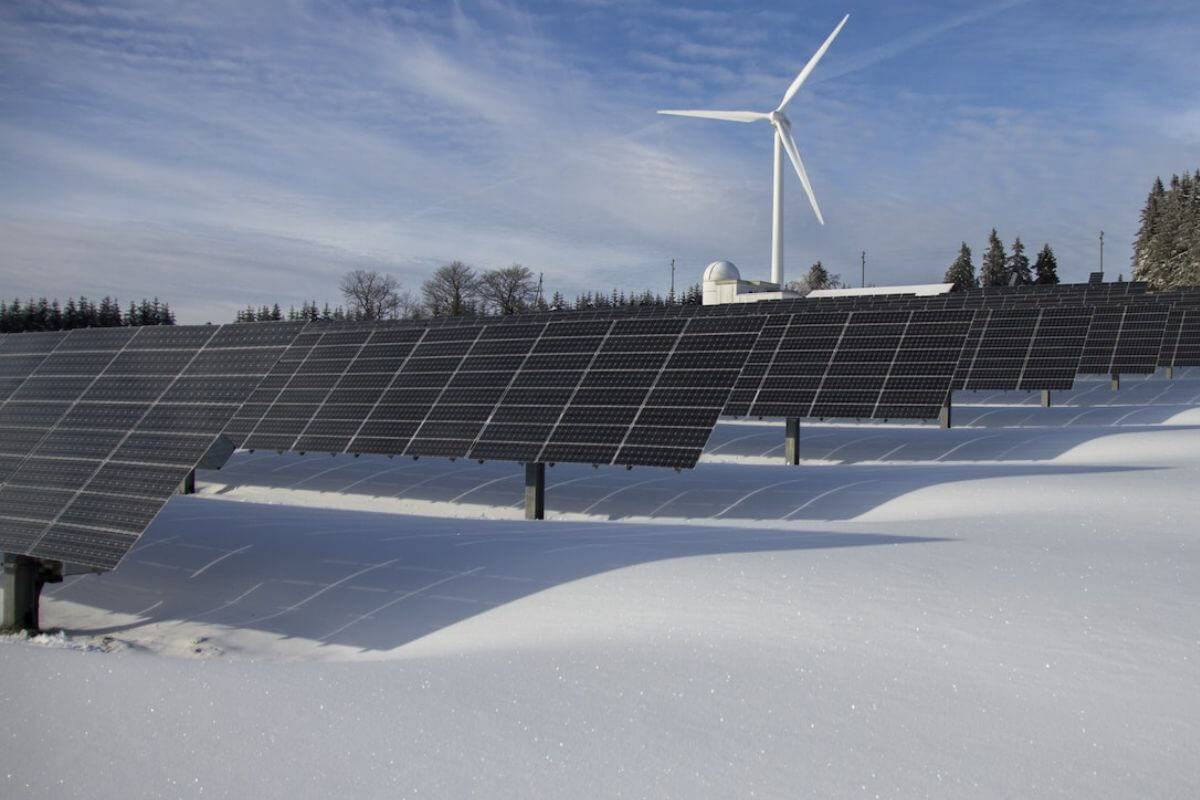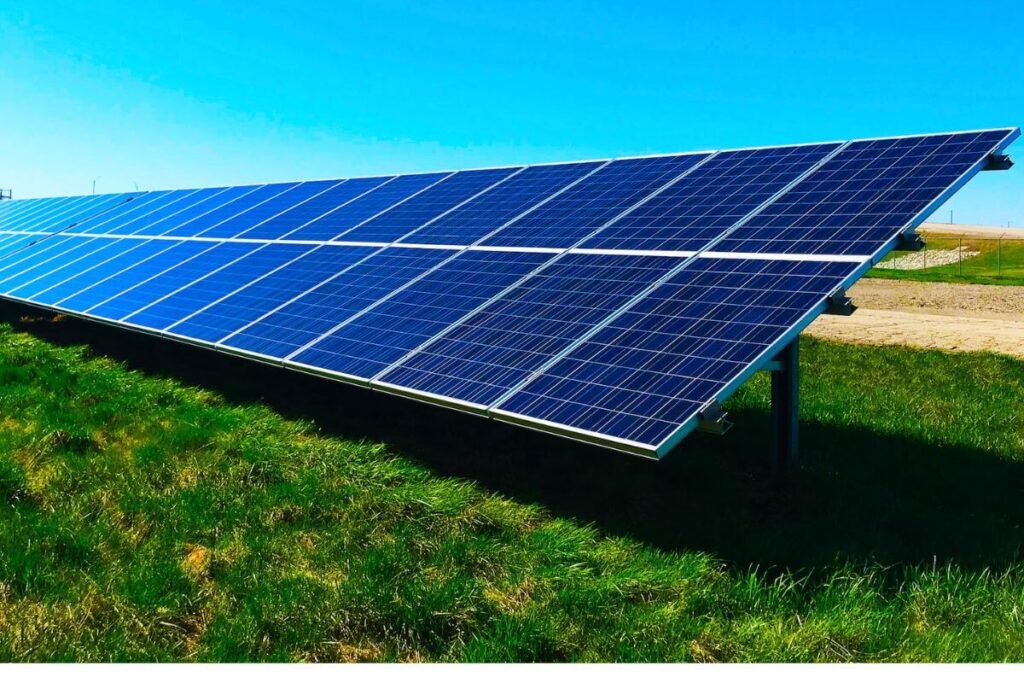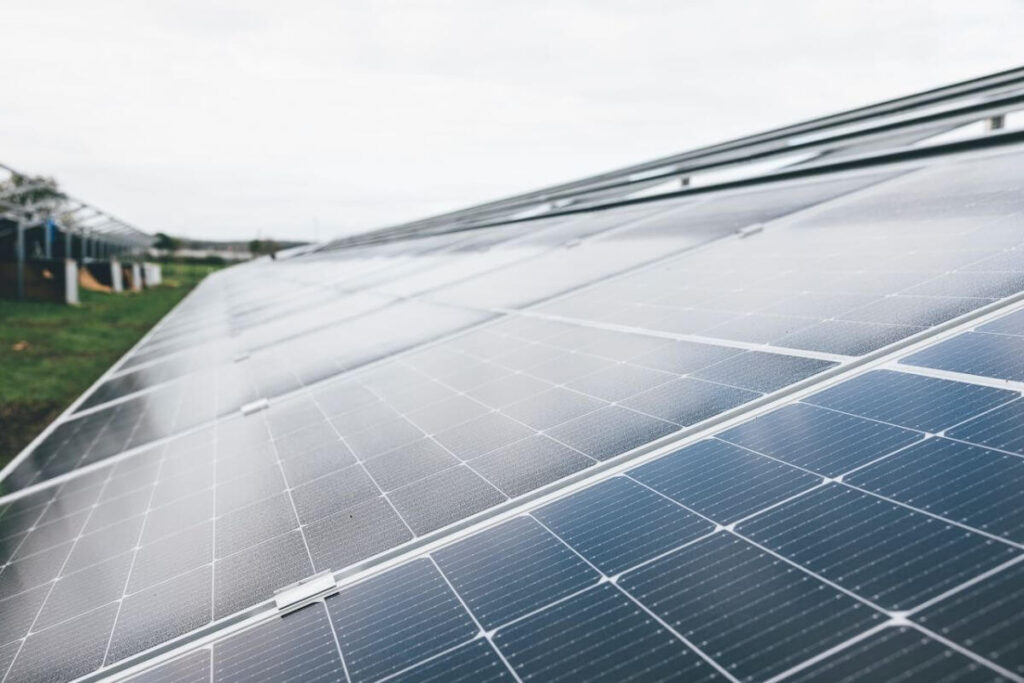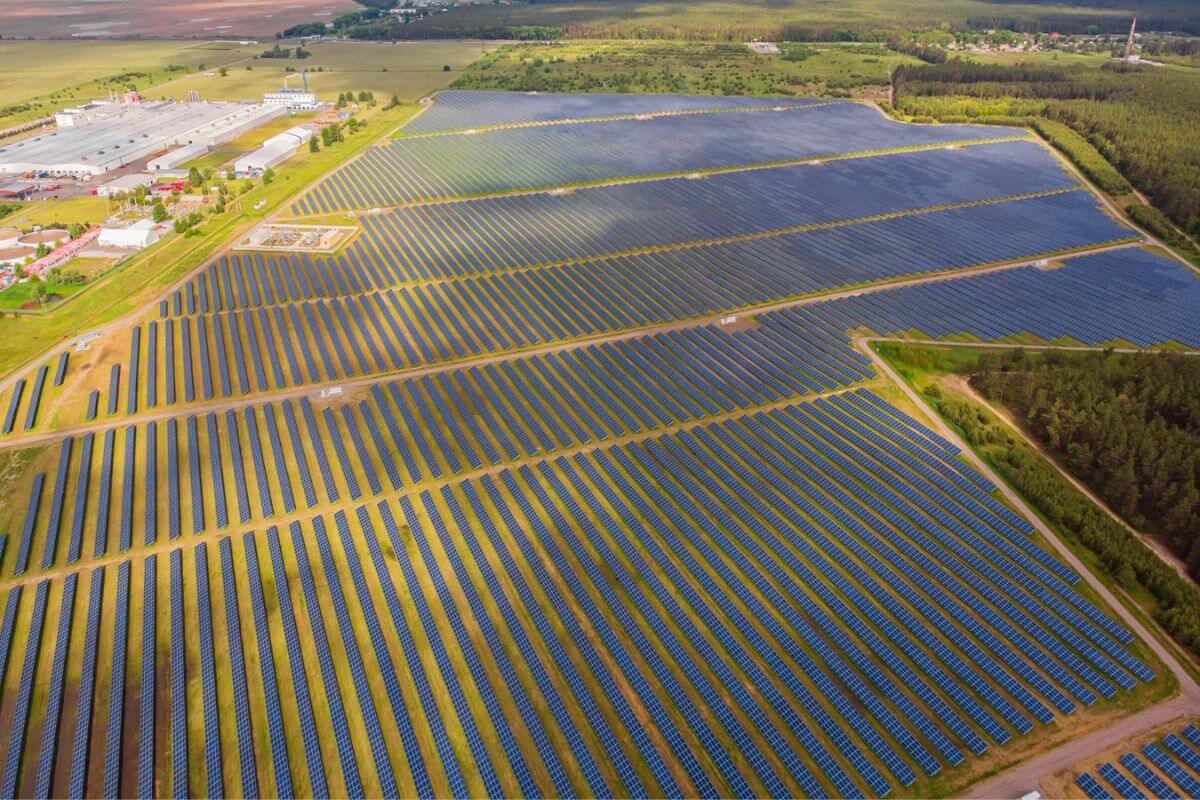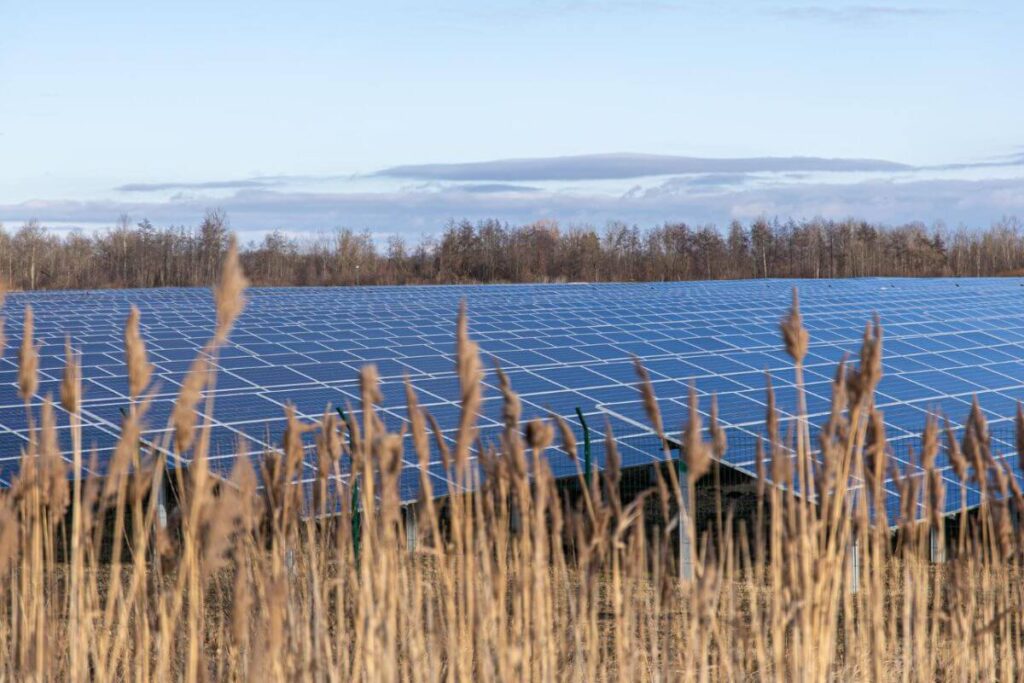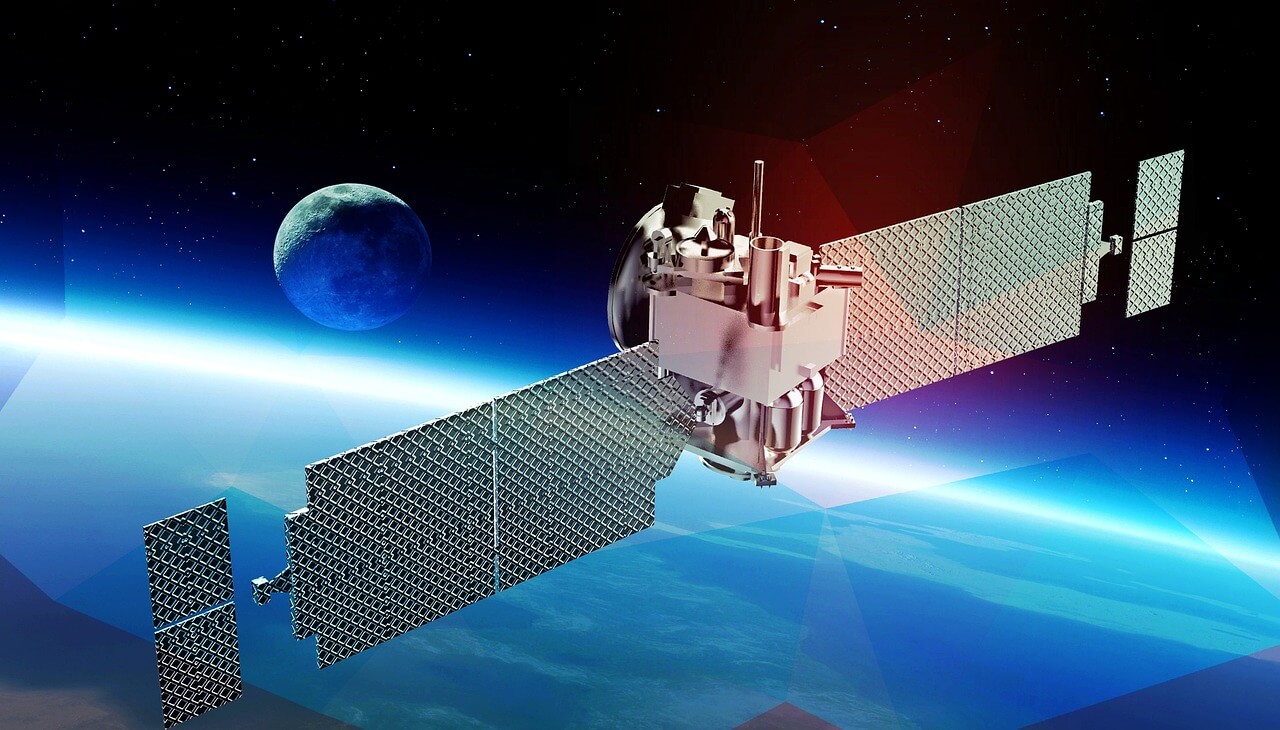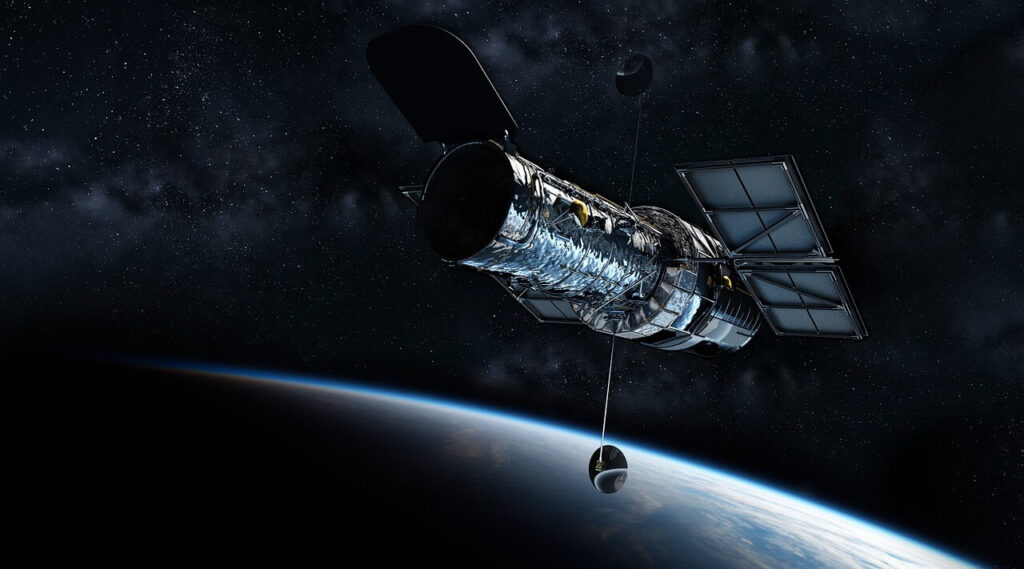In recent years, the role of renewable energy sources has increased significantly throughout Europe. The German government has learnt from this and has decided to set aside as much as 15% of farmland for photovoltaics. Why was such a decision made and how did it happen? We explain it in this article.
It started at the beginning of the year, with a decision made by German government representatives announcing that Germany wanted to quadruple the country’s solar panel capacity. As a consequence of such a declaration, the decision to dedicate part of the agricultural fields to photovoltaic farms has been made.
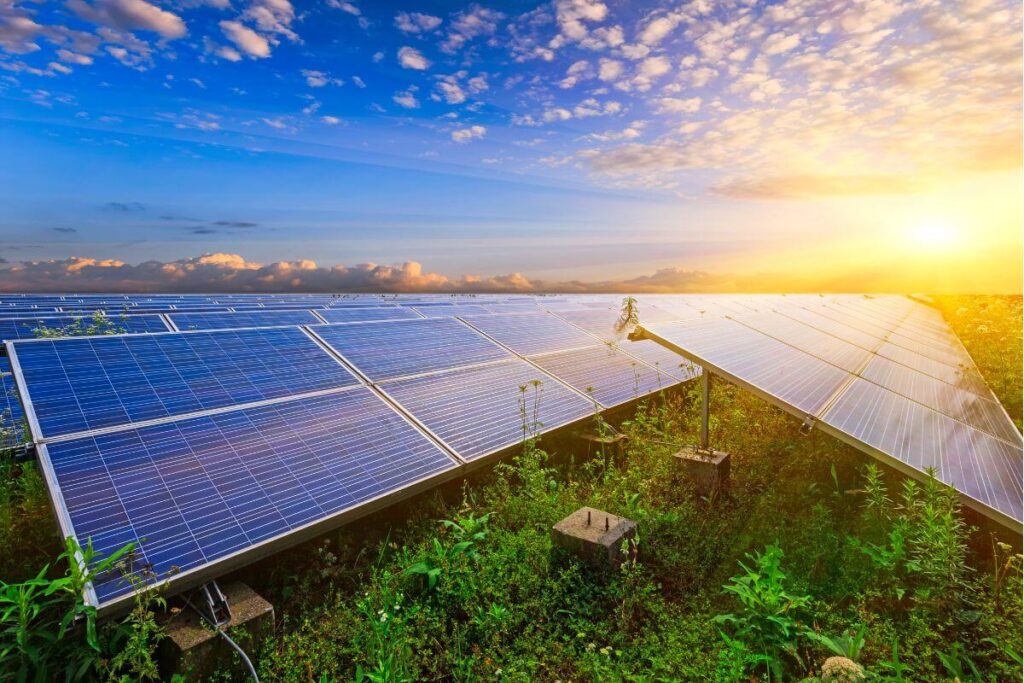
It is assumed that the implementation of this plan will generate as much as 200 GW of additional capacity. The German Minister for Economic Affairs and Climate Protection explains that the decision was motivated by a concern for the planet, the climate and agriculture and assures that the project will bring benefits.
We are strong supporters of this decision and hope that more countries will follow Germany’s lead. The energy transition should now be a priority topic for every government as soon as possible.



